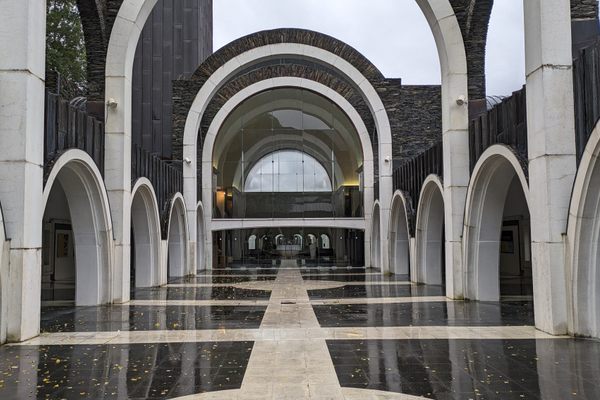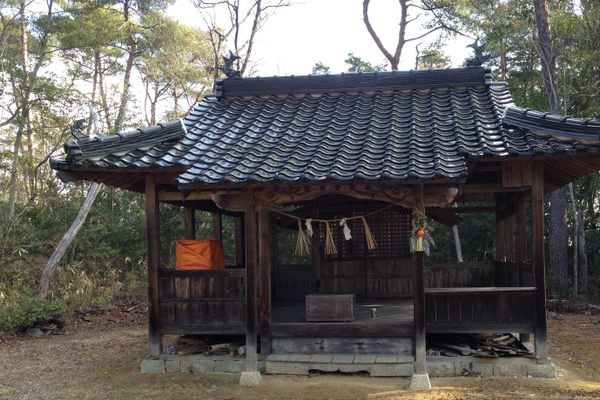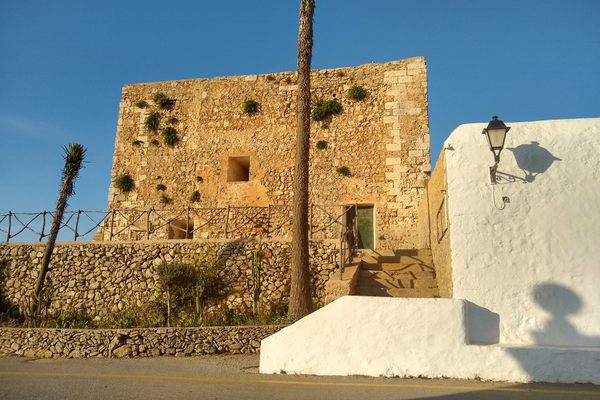About
In the Koishikawa district of Bunkyo City, Tokyo, a legend is told of a Buddhist monk named Takuzousu. He was no ordinary monk, not even human to begin with but rather a kitsune, a shapeshifting fox-spirit.
Takuzousu started his training at Denzuin Temple in April 1618 and learned just about everything in three years. He then revealed his identity as an avatar of the god Inari worshipped at Chiyoda Castle—on the site of which stands the Imperial Palace today—and disappeared, leaving behind only a sacred Kannon statue and a bit of fur.
The statue was enshrined in Denzuin’s new annex, Jigan-in, which would soon be nicknamed Takuzousu Inari. Today, this shrine remains a mystical place with a wooded sanctuary filled with fox statues and red torii arches.
A short walk away from Denzuin and the Inari shrine, you can also find a small soba noodle restaurant called Inari Soba Mansei. Though unassuming as can be, it happens to be over 400 years old, dating back to the early 1610s. Not only that, it even appears in one of the tales concerning the fox-monk.
Takuzousu is said to have frequented a noodle shop that stood in front of Denzuin, which is none other than Mansei. According to one legend, the monk’s identity was known to the shopkeeper as the coins he used always turned into leaves as if fox magic had worn out.
After the Inari shrine was established, Mansei started its daily ritual of offering the first soba noodles made in the morning to the deity. The custom lives on to this day and is believed to have been continuous for four centuries, recorded in various texts over the years.
Today, the restaurant appears to be run-of-the-mill inside and out, but it displays a few historical items: a bronze bell from the original Takuzousu shrine, dated 1618, and a wooden noodle shop license dated 1952. The menu also contains hakosoba, which is simple noodles in a bento-like box with aburaage, fried tofu which is commonly believed to be foxes' favorite food.
Related Tags
Know Before You Go
The restaurant is typically open from 11:15 a.m. to 2 p.m. from Monday to Saturday, closed on Fridays. It may also reopen for dinner time on Wednesdays and Fridays, from 5:30 PM to 9 PM. Lunch meals come in a variety of daily special options, but since it's more of a local haunt than a tourist spot, the menu is in Japanese only.
Hidden Japan: Sado Island, Nara & Kyoto
Explore a different side of Japan.
Book NowCommunity Contributors
Added By
Published
November 12, 2024





























